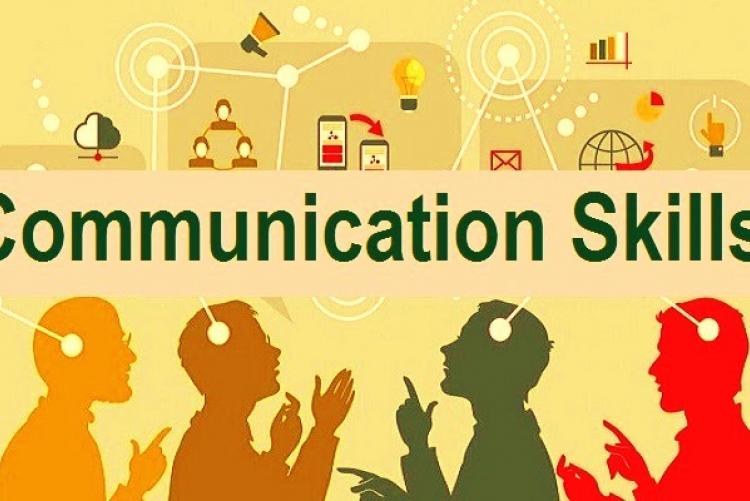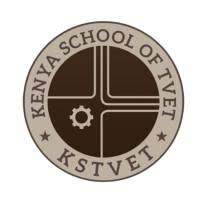Foundation of communication skills

2. Types of communication
2.2. Verbal communication
🗣️ Verbal Communication
Verbal communication is the use of spoken or written words to convey a message between individuals or groups. It’s one of the most direct and effective forms of communication.
📚 Types of Verbal Communication
Oral Communication (Spoken)
Includes face-to-face conversations, phone calls, voice notes, meetings, speeches, and discussions.
Often supported by tone, pitch, and pace to express emotion and emphasis.
📌 Example: A teacher explaining a lesson in class.
Written Communication
Involves letters, emails, reports, memos, texts, social media posts, and books.
Important for record-keeping and when clarity, structure, or formality is needed.
📌 Example: A manager sending an email with meeting instructions.
🧠 Features of Verbal Communication
Clarity and precision
Immediate feedback (in oral settings)
Can be formal or informal
Influenced by language, vocabulary, and cultural background
🔁 Examples in Daily Life
Greeting someone with “Good morning” (oral)
Writing a thank-you note (written)
Giving a speech at an event (oral)
Chatting via WhatsApp (written)
🗯️ Why Verbal Communication Matters
Builds relationships
Enhances understanding
Expresses emotions clearly
Allows for quick decision-making (especially in oral communication)
